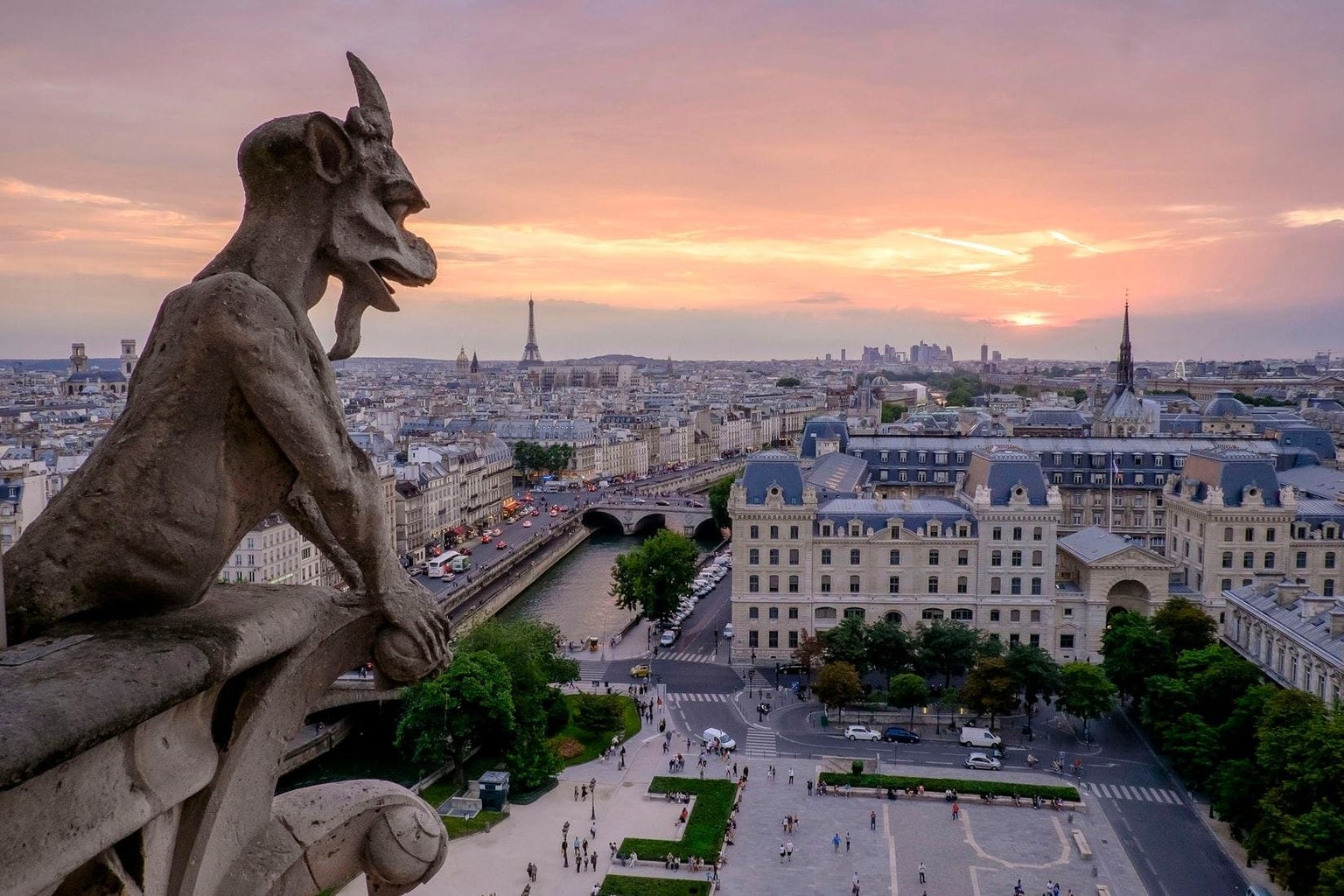On a scenic cliff overlooking the Columbia River Gorge in Goldendale, Washington sits the eclectic Maryhill Museum of Art. This museum, a collection of three grandiose Beaux Arts mansions made of limestone, was dedicated to Queen Marie of Romania in 1926 and later opened to the public in 1940. In 1974 it was placed on the National Register of Historic Places. Maryhill achieved this status by being deemed worthy of preservation as a result of having significance to American history, architecture, art, and culture. A noteworthy contributor to this certification is the exhibit on display known as the Théâtre de la Mode.
Before World War II, Paris was cementing itself as the fashion capital of the world. There were over 70 couture houses, designers who created custom-fitted, high-end, and exclusive clothing, as well as countless other small designers. However, when Paris fell to Nazi Germany in 1940, the Nazis were determined to make Berlin and Vienna the new fashion capitals. They effectively cut off the import and distribution of supplies required to design clothing including cloth, thread, zippers, and other sewing notions. Couturiers had to close their businesses as they no longer had the materials necessary to keep them open. Additionally, wealthy Parisians with the financial means to flee, oftentimes the same demographic of people who could purchase couture items, fled France when the occupation began. Not only were there no producers but there were also no consumers. The Nazis achieved their goal and Paris lost its influence on the fashion industry.
Here is where the Théâtre de la Mode is created. In 1944 Paris was liberated from Nazi occupation. Designers were returning to their home city and getting back to their craft. However, they were still working with limited materials as all goods were in high demand after World War II. So how do you still make garments with few materials? Robert Ricci proposed creating outfits for miniature mannequins, also known as fashion dolls. These dolls were about 28 inches tall and crafted out of wire and fabric. Around 60 couturiers contributed to the creation of these scaled-down garments. Some of the designers you may recognize include Nina Ricci, Balenciaga, Pierre Balmain, and Hermés. Additionally, the curation of the ensembles for the dolls were so elaborate that they even included miniature hats, hairstyles, and Cartier jewelry. In total 237 dolls were created and placed into 15 detailed sets. Each doll had a fully functioning outfit with buttons that buttoned, zippers that zipped, and even fully stocked handbags. Needless to say, these fashion dolls had a much different look than the outfit a four year old gives their Barbie.
In March of 1945, the dolls in their habitats were on display at the Louvre in Paris. 100,000 visitors came to see the exhibit and about a million Francs were raised for the war relief effort. Throughout 1945 the exhibit toured Europe and was shown in London, Copenhagen, Barcelona, Leeds, Vienna, and Stockholm. At the end of the Europe tour, the dolls were fitted with new outfits for the 1946 season and then went on a tour of the United States with stops in New York City and San Francisco. San Francisco was the Théâtre de la Mode’s final show and after the exhibit, the mannequins were left in San Francisco. That’s how the dolls eventually found their way to the Maryhill Museum in Washington State. The museum acquired the exhibit in 1952 and began restoration in 1988.
Overall, the Théâtre de la Mode did exactly what the designers wanted it to do. These 28-inch dolls revitalized Paris’s fashion scene and reminded the world that the Nazi occupation far from ruined the couture capital of the world. Even in 2023, Paris continues to have extensive influence over the fashion industry by hosting one of the “big four” fashion weeks biannually. Paris fashion week rounds out the cycle and therefore holds the most importance as the styles shown in Paris set the tone for the following industry season.
Sources:
https://www.maryhillmuseum.org/
https://barryartmuseum.odu.edu/exhibition/karen-lamonte/
https://thebolddoll.com/vintage/theatre-de-la-mode/



